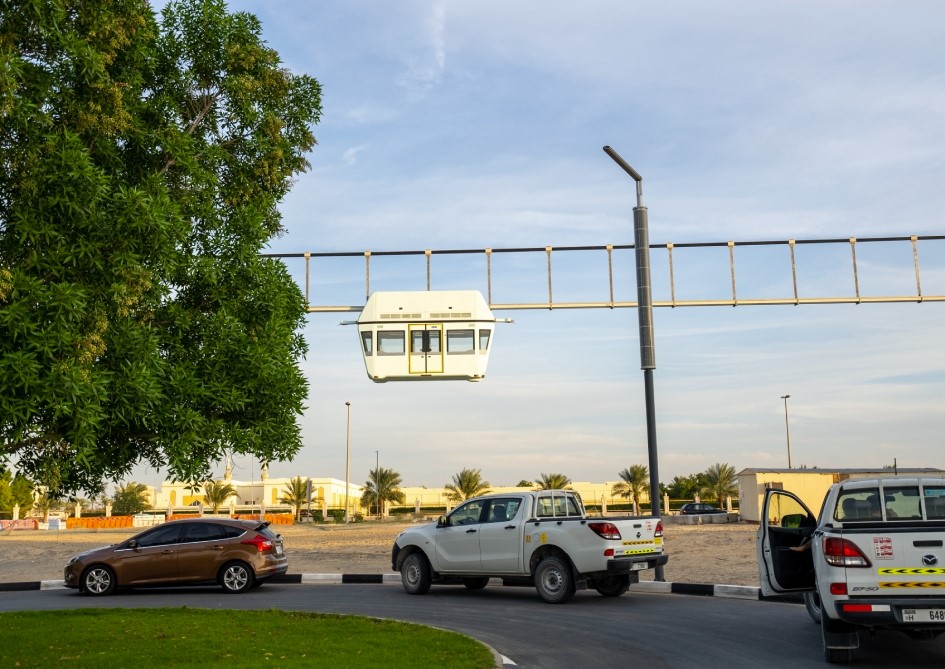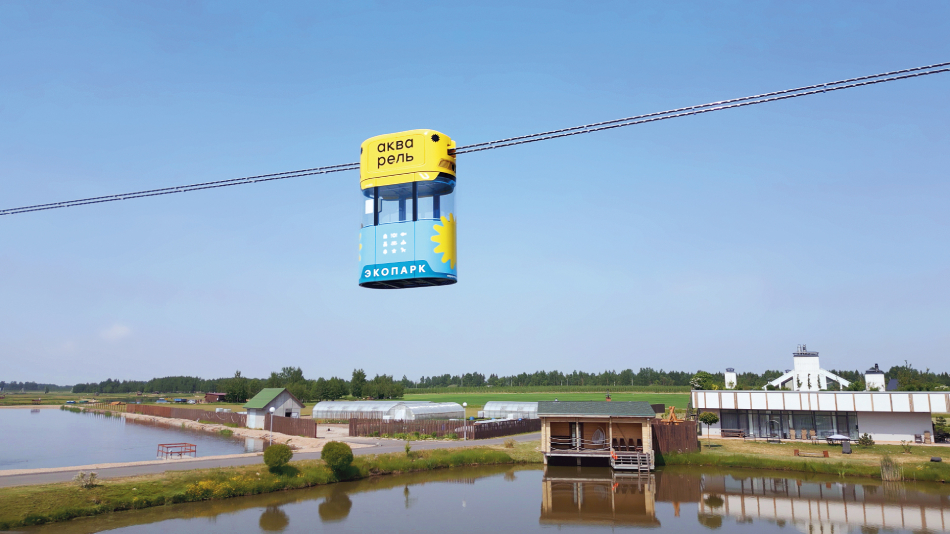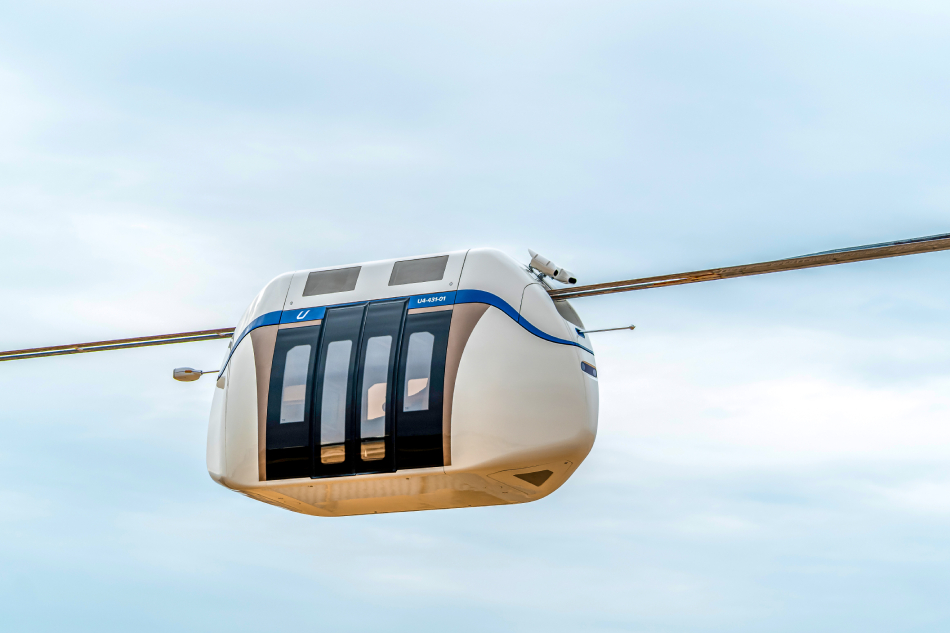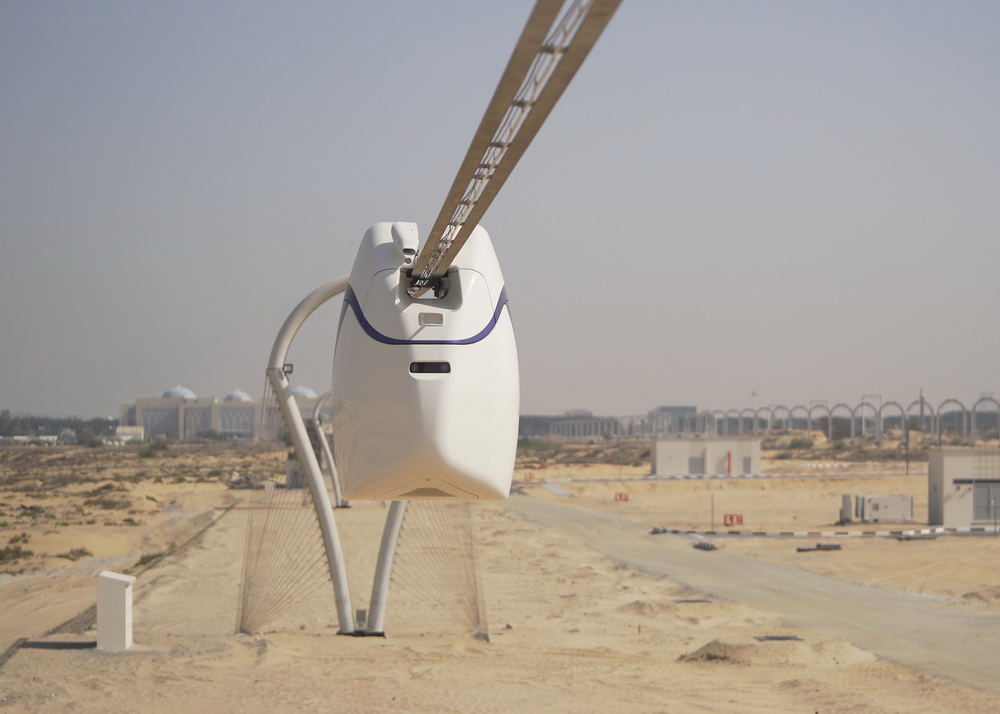uST transport sets new quality standards in the unmanned haulage industry

Proponents of traditional unmanned cars are confident that such transport will exclude the human factor on the roads and thus reduce the number of traffic accidents. However, it is difficult to talk about its safety when driving in a dense vehicle flow. Are these cars really truly unmanned if they still need drivers who are responsible for driving the vehicle? Find out about this and why UST Inc.'s solution is shaping a new idea about the safety of unmanned transportation in our content.
Nothing more than an auxiliary system
Developers of unmanned vehicles are striving to remove the human factor by equipping them with all sorts of sensors, scanners, radars and automatic control systems. But all this does not guarantee complete safety of the driver and passengers: as the industry develops, the number of accidents involving pilotless ground vehicles increases. An autopilot can shut down a couple of seconds before a collision, when the driver simply doesn't have time to take over the control. This is why this autonomous function is considered to be only an auxiliary system, as it is still the responsibility of the driver.
Another weak point of unmanned vehicles is driving under conditions of limited visibility. Precipitation, poor lighting or exhaust fumes may prevent the technical devices from recognizing road signs, markings, traffic signals and identifying objects on the road.

The problem of unmanned cars is that in dense urban areas, the satellite signal will be transmitted with a delay, while it is necessary to react to a changed traffic situation instantly.
The issue of energy efficiency of such cars remains open. In order to carry out unmanned driving, they need to interact with services, and this requires a lot of computing power and electric energy consumption.
At the same time, we should not forget about the use of unmanned cars in dense urban traffic. Traffic jams, unpredictable maneuvers of other road users cannot be avoided, and parking spaces with a large number of vehicles will not always be available.

There are indeed a lot of questions to unmanned transportation using cars. Is there a more reliable and efficient solution?
A new level of safety
uST transport and infrastructure complexes are a full-fledged unmanned system that does not need a driver to service a huge number of people or cargo. The safe movement of electric rail vehicles on steel wheels (uPods) is ensured by an automated control system (ACS). These are technical and software tools that control uPods, optimize technological processes and coordinate the operation of all elements of the transport and infrastructure complex.

The uPods run on an aboveground string rail track structure. This makes the vision system equally effective in all weather conditions and visibility. Moving vehicles on the second level excludes the risk of collision with other vehicles, allows transportation at speeds of up to 150 km/h and prevents congestions. The electric rail vehicle will not stand idle for hours in traffic jams and will deliver passengers and goods to their destination in the shortest possible time along the optimal route: the string rail overpass can run over both natural and human-made obstacles. Importantly, uST vehicles also do not require surface parking spaces.

The ACS also manages station elements: station gates, platform doors, track switches. The system monitors the situation in the cabin of the uPod: in case of an emergency situation, information is immediately transmitted to the dispatcher. Thus, passenger safety is ensured throughout the entire journey.
The automated control system regulates the intervals and the number of uPods on the route in real time, depending on passenger traffic flow or cargo turnover. Thanks to this, the energy consumption of the entire complex is optimized. Its management is fully automated, which means that its maintenance costs are minimized, as well as the number of personnel required.

As can be seen, the solution by uST Inc. meets the current demands in terms of safety, reliability, cost-effectiveness and efficiency of unmanned transportation. The use of uST complexes can solve the problems facing the unmanned transportation industry at the current stage of its development.
More news

Interviews
21 August 2020
General Design Engineer of UST Inc. About uSky Center in Sharjah
The author of uST technology, Anatoly Unitsky, answers the question of why the uSky Test & Certification Center in the UAE is needed, and how it differs from the EcoTechnoPark in Belarus.

Opinion
31 January 2022
Unitsky String Technologies Inc. Took the Stage in Agenzia Italia
The publication mentions that Unitsky String Technologies Inc. suggests passenger and cargo transportation, which could bridge the dessert in the UAE at record-breaking speeds.

Blog
26 February 2021
Unitsky String Technologies Inc. Has Changed the Transport Market
Since 2014, the company has been designing, building, and certifying electric overhead transport systems based on the patented Prestressed Track Structure® (PTS®) technology.

